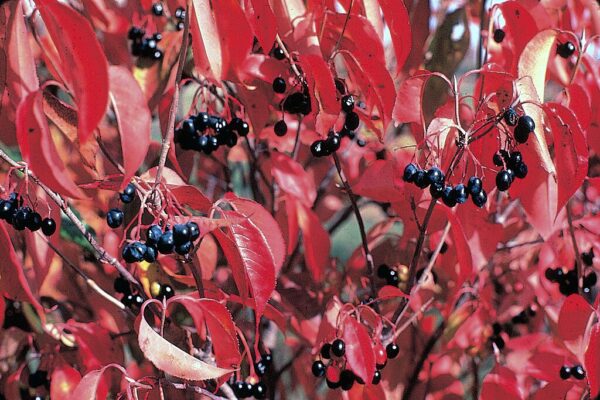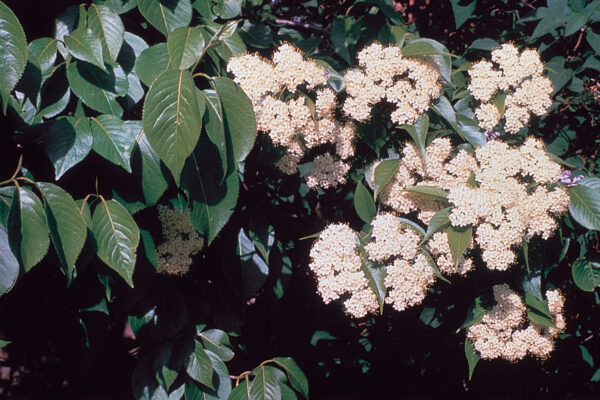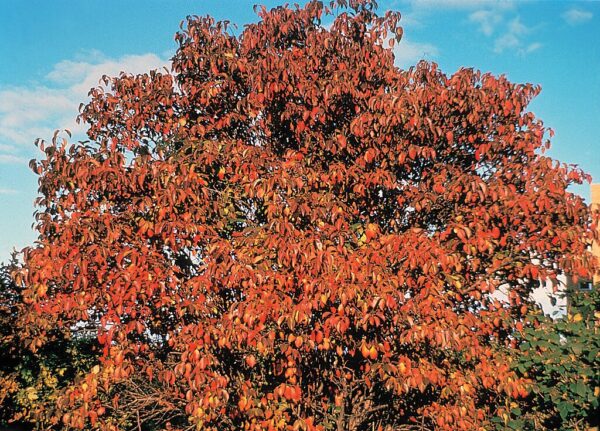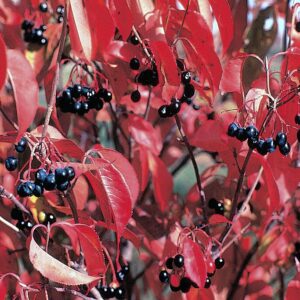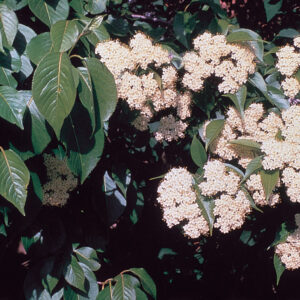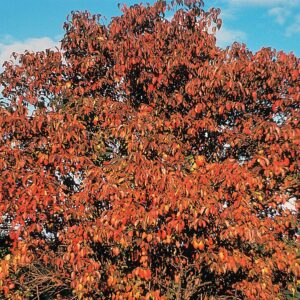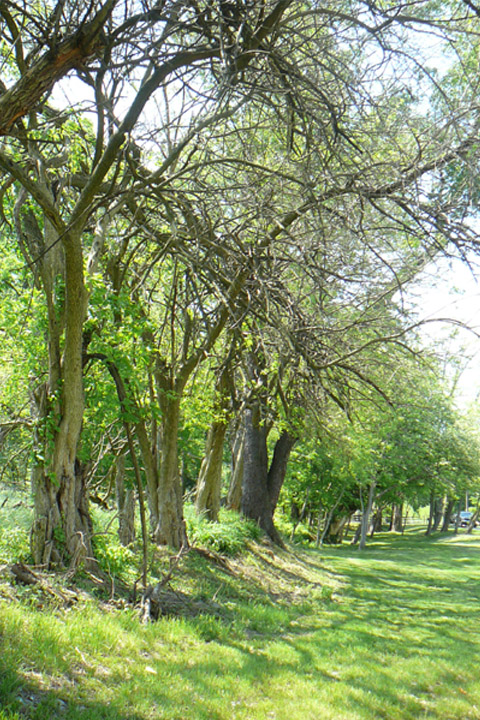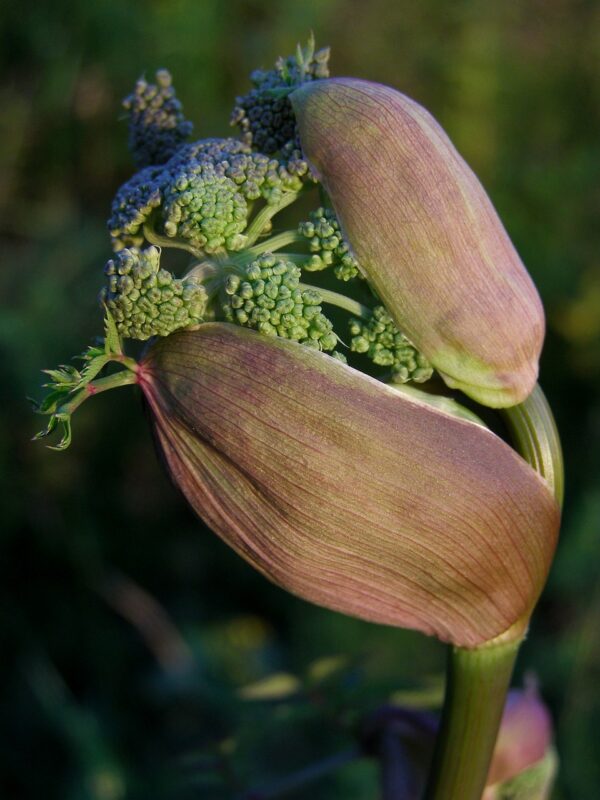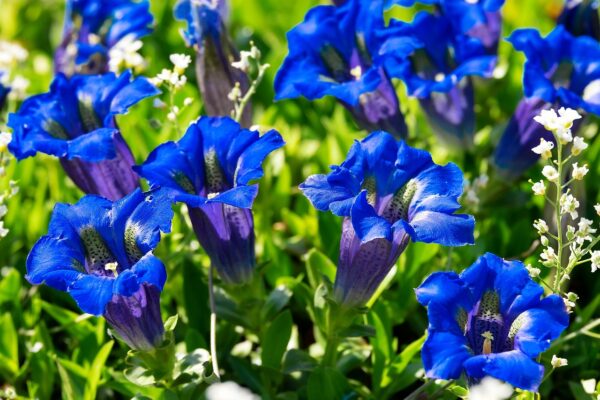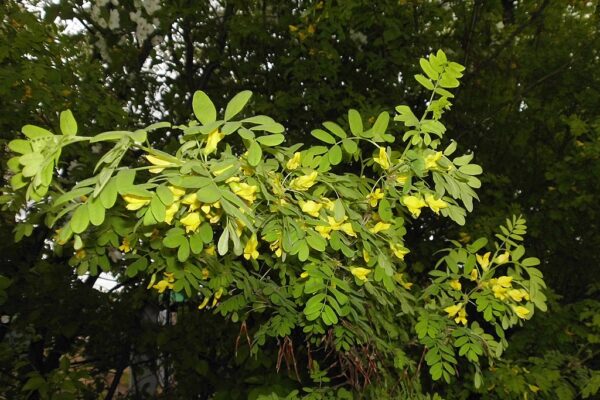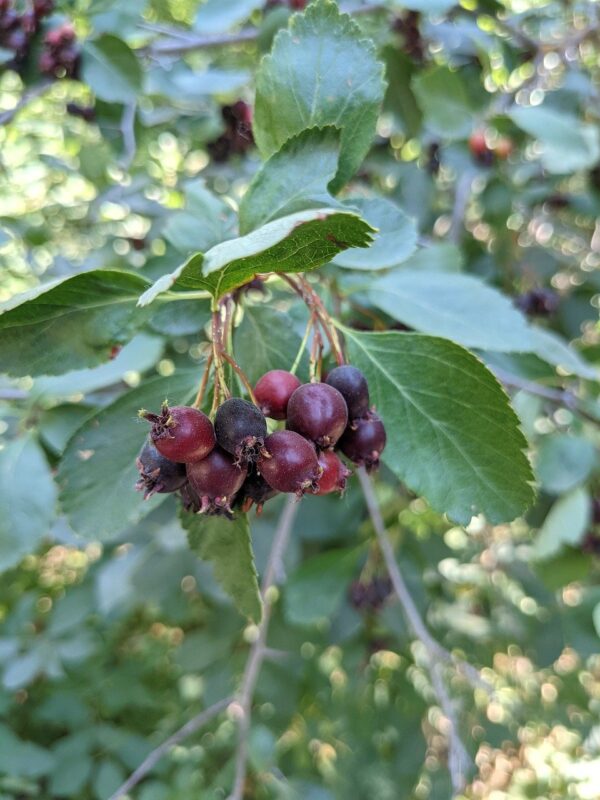Your cart is currently empty!
Viburnum lentago – Nannyberry seeds
Description
Nannyberry (Viburnum lentago) is a tough, cold-hardy deciduous shrub or small tree native to eastern North America. It produces clusters of edible blue-black berries in autumn that can be eaten raw when fully ripe, or cooked into jams, syrups, or wine. The flavour is often compared to dates or prunes. In spring, it bears creamy-white flowers that attract pollinators, and its glossy green foliage turns shades of burgundy and red in autumn.
Nannyberry grows 4–6 metres tall and 2–4 metres wide. It is adaptable to a wide range of soil types, including clay and seasonally wet ground, and will tolerate part shade, though fruiting is best in full sun. It’s well-suited to hedgerows, shelterbelts, and food forests, and is hardy down to –40°C once established.
Although Viburnum lentago is sometimes self-fruitful, cross-pollination significantly improves fruit set and consistency. For good results when growing from seed, plant at least three to five seedlings to ensure genetic diversity.
Germination and Cold Stratification:
Seeds exhibit double dormancy and require a two-stage process to germinate: a warm, moist phase at 20–25°C for about 3 months, followed by a cold, moist period at 1–5°C for another 3–4 months. Germination is often slow and may take a full year or longer, so patience is essential.
Outdoor Stratification Tip:
In colder parts of New Zealand, Viburnum lentago seeds can be stratified outdoors. Start with a warm, moist phase indoors for 3 months, then move the seeds to a protected spot outside for the winter. Sow into trays or deep pots with moist, free-draining mix and cover to keep out rodents. With time and seasonal cues, germination will occur naturally.
